Paul Boswell, Educational Toy Maker

Cool Tools Show 279: Paul Boswell
Our guest this week is Paul Boswell. Paul is co-founder of Turing Tumble. He’s been an analytical chemist, a software engineer, a professor at the University of Minnesota, and a healthcare researcher. Four years ago, he progressed to the next obvious step in his career: becoming a toymaker. His Kickstarter for Spintronics, a puzzle game where players discover electronics in a tangible way, using the first physical representation of electronic circuits, launches on May 20.
Subscribe to the Cool Tools Show on iTunes | RSS | Transcript | See all the Cool Tools Show posts on a single page
Show notes:
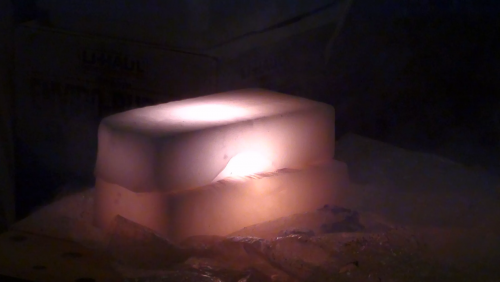
Best chemistry demonstration to whip out: Magnesium burning in dry ice
This is a cool chemistry experiment that anyone can understand, and it’s a blast to watch. You can whip it out for a birthday party or whatever, and it’s really fun to watch. Magnesium metal is a very light, sturdy metal, and it really, really likes oxygen. It wants to bind to it very badly. And you can light it on fire, and it just rips oxygen out of the air and binds to it. It burns super hot and super bright at 3,000 degrees, and at the end, you’re just left with this hunk of white material that’s magnesium oxide. People normally buy magnesium to start campfires. You can get it on Amazon. So here’s what you do. You take two slabs of dry ice — you can get the dry ice from your local grocery store. You drill a little hole in the bottom slab of dry ice. So you have two slabs, and you have one on the bottom, one on the top. And you drill this hole, and maybe it’s like two inches diameter, and you put magnesium shavings in the hole. You don’t fill it to the top. You leave a little empty space on the top, and then you make sure that the second slab of dry ice fits over the top slab and the hole before you continue. Then you take the top slab off. You light the magnesium on fire, and maybe you need to use a propane torch to get it hot enough. And then you quickly cover it again. Dry ice is made of frozen carbon dioxide. And carbon dioxide, if you don’t know, is made of a molecule with one carbon atom and two oxygen atoms. It’s a stable molecule, and it doesn’t react with hardly anything. Now, the magnesium wants to burn, and it wants to pull oxygen off of something, but there’s no oxygen there when it’s inside this carbon dioxide block. So how does the magnesium burn? The way it does it is it binds with the oxygen that’s in the carbon dioxide. So it actually rips the oxygen out of the carbon dioxide, and what’s left is carbon. So the magnesium burns inside the dry ice until it all burns out. And then you open it up, and you see this nugget of burnt magnesium. And you crack open the nugget, and it’s just black inside because all that’s left is carbon from the carbon dioxide. It glows brightly while it’s burning.(image taken from thought.co)
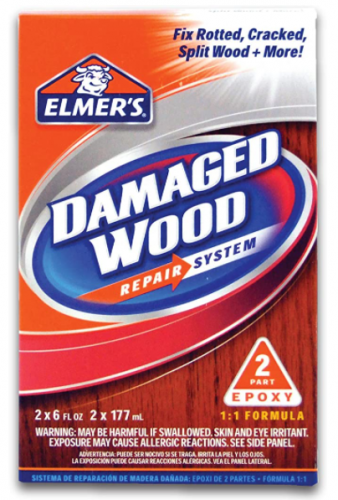
Elmer’s Wood Repair System
If for whatever reason you happen to have little burned holes in your wood flooring or table or whatever, you can actually repair a lot of problems in your wood flooring without having to refinish or replace anything. So we were trying to figure out how to replace or how to fix these little black marks in our wooden floor. And we stumbled across this guy who fixes wood floors for a living, and he came by, and he had this tackle box just full of different types of paint. And the first thing he did is he got this wood repair epoxy, like Elmer’s Wood Repair. First, he filled the hole with the epoxy and let it get hard. And then the next thing he did is he painted the grain of wood very carefully with acrylic paint. It turns out the guy was actually an art major who just got really good at painting wood grain and went into doing this full time. So he filled the holes. He painted the grain that was missing. And when he was done, we couldn’t even see where the holes had been. So the first half of this you can buy, which is the Elmer’s Wood Repair System. The painting is going to be up to you.
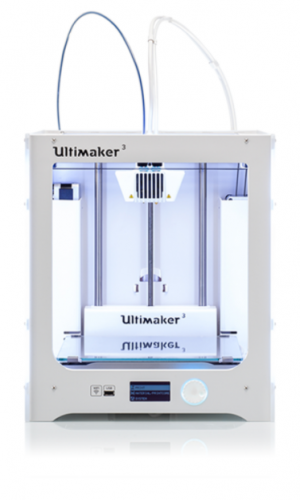
Ultimaker 3
I’m an educational toy maker now, and the type of toys that I make are very mechanical in nature. When I make prototype parts, I use this machine constantly. I’ve tried a lot of 3D printers. The Ultimaker 3 is by far the most reliable machine I’ve used. I can send files to print and they work 9 times out of 10. The dual extrusion lets me print virtually any object and then I can dissolve and wash away the supports with water. It’s expensive and it’s slow, but the time I don’t have to spend troubleshooting problems and the ability to wash away supports makes it totally worth it to me.
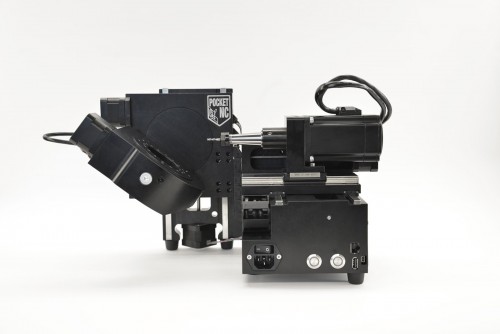
PocketNC
Pocket NC is kind of a miniature CNC mill. CNC stands for computer numerical control. And basically, what it means is that you have a mill, which is just like a router blade spinning really fast on the end of a tool. One way to think about it would be a router blade on a robotic arm that goes around and cuts material out of some block. Whereas 3D printing, you’re adding material to build something, with a CNC mill, you’re actually subtracting material. You’re cutting it away from a block of that material. So most CNC mills are three axis. That means you have like a blade that’s spinning, and it can move forward, backward, left, or right, or up and down. And that’s great if you have a flat surface, and you’re cutting or engraving something from it. But a five-axis CNC mill, like the PocketNC, can not only move forward, backwards, side to side, up or down. It can also rotate along two axis. So you can cut out pretty much anything you want out of a block of material, as long as the blade can get to it to cut out that spot. Usually, these machines are very expensive. They run for well over $100,000. But this little PocketNC is only $6,000, and it’s shockingly precise. It only does small objects, so maybe a six inch by six inch by six inch, probably even a little smaller than that. Maybe five by five by five. But it’s pretty incredible.
About Spintronics:
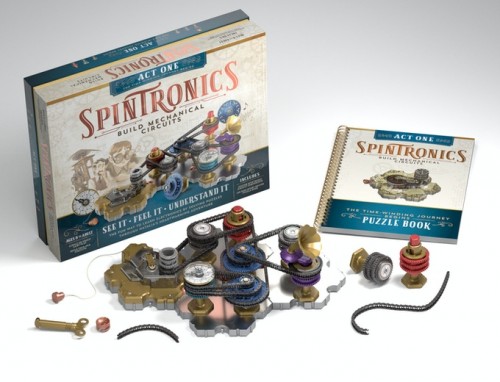
Spintronics! It’s the world’s first mechanical equivalent of electronics. Ever wonder what technology world would look like if electricity was never discovered? Would there even be computers and smartphones? Yes there would. And they would be fabulous and steampunk and the world would be way more awesome.
Spintronics lets you build mechanical circuits that run just like electronic ones. Electronic circuits are invisible and abstract, but spintronic circuits are tangible. It finally lets you feel the voltage and see the current flow. You can use your fingers to mess with a circuit and watch what happens. As you build circuits to solve a series of puzzles, you develop an intuition for electronics without getting tangled up in the math. Even kids can understand university-level concepts.
The Kickstarters launches on May 20.
05/21/21





